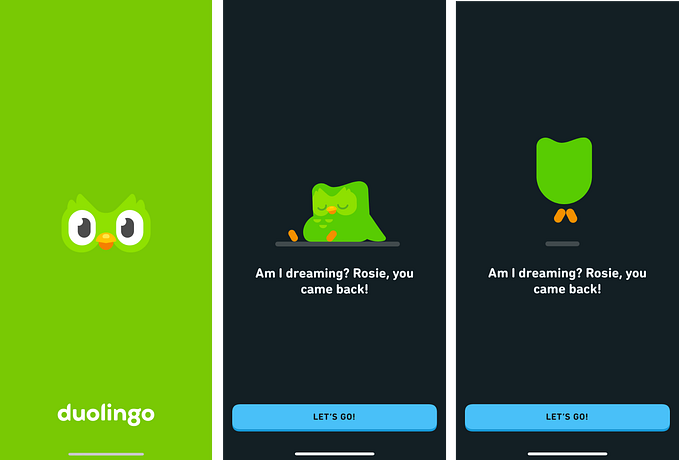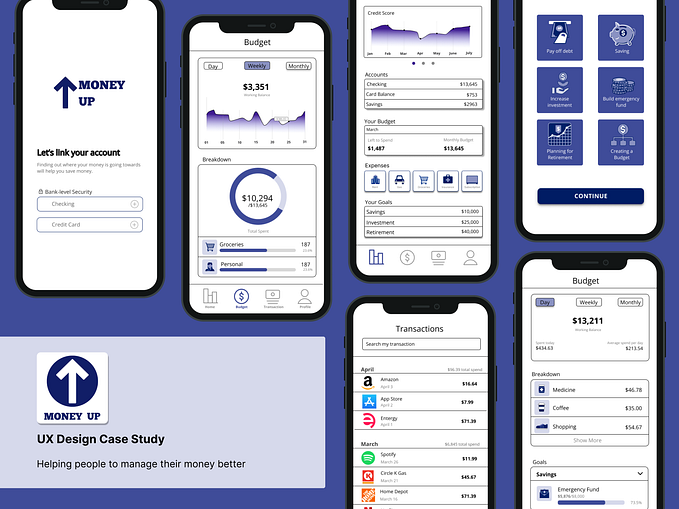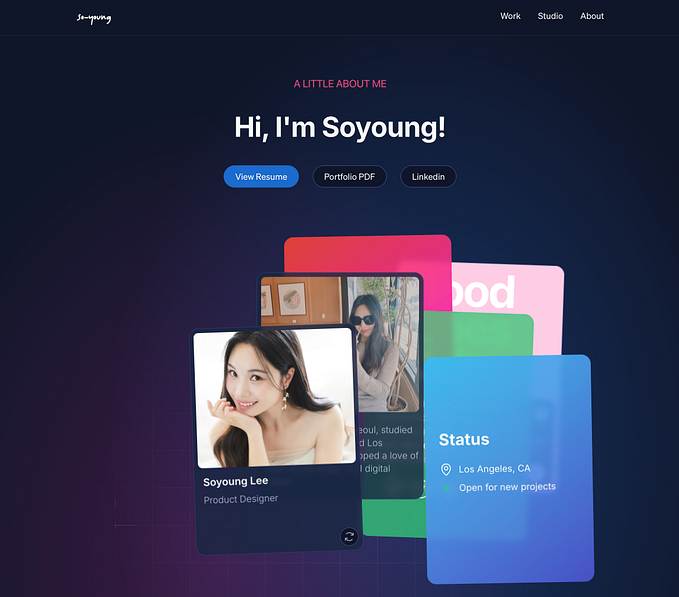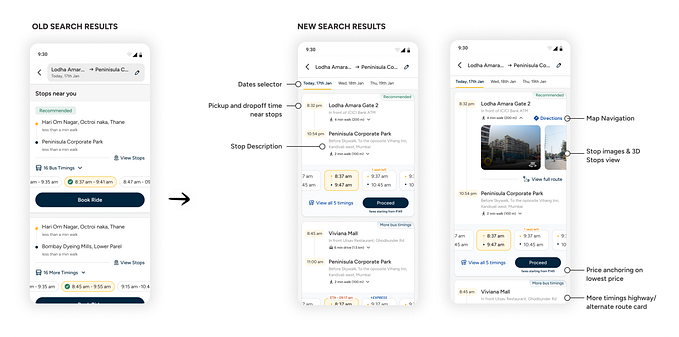The role of gamification in creating user engagement
Explained through gamifying DOOGETHER app.

Sometimes when the topic of gamification gets brought up, people imagine playing games like Sims, Mobile Legends or Fortnite. However, in reality, gamification is very different. Games exist to entertain, while gamification exists to engage and motivate.
What is Gamification?
Put simply, gamification is the usage of game mechanics from a game in non-game contexts. Game mechanics include things like:
- Points & Levels
- Progress Bars
- Badges
- Leaderboards
These mechanics are pretty much the only similarity between games and gamification. To understand each of these game mechanics further, let’s put things into context. I’m going to explore how gamification can improve user engagement and motivation by implementing it into a fitness and lifestyle app.
DOOGETHER is an online booking platform that enables you to book thousand of different classes or sports activities from various gyms and fitness studios. The app itself has the potential to grow into a healthy lifestyle app, not just a sports booking/membership as its known today. To achieve that, the app would first need to increase the retention of its users and one way to do it is through gamification.




Engaging users the right way
Offering an extrinsic reward can powerfully drive a behavioral change and to encourage app engagement. Learning from Gabe Zichermann, one of the biggest mistakes that people make when designing engagement with gamification is to assume that cash (or stuff) is the ultimate reward.
Using the hierarchy of rewards, SAPS (Status, Access, Power, and Stuff ) explains what motivates “players” in gamification:

The underlining concept is that the rewards that motivate the user the most are the cheaper ones! The lower end of this hierarchy represents rewards that are easy to grab users’ initial attention but can also lose their long-term interest. Climbing the hierarchy, the types of rewards represented are more challenging to implement but result in users being more attached to them. It’s hard to imagine users letting go of their VIP status, despite the struggle they may need to endure to keep them.
It Doesn’t Always Work
The concept of gamification is not new. In fact, it has been thrown around quite a bit as the word has gained more traction over recent years. Although it can seem like a great feature to add to your product, it’s important to remember that not all products need to be “gamified.”
In order to be successful, we need to find the intersection between the User Goals and Business Goals. Before rushing to bring gamification techniques into your product, you should remember that it works best when it is intrinsically tied to the product’s core offering. Users should feel fulfilled by seeing their progress measured in a visual way. If there is a disconnect with the gamified experiences provided, your product can end up feeling hollow and disingenuous.
If you have any feedback, I’d love to hear from you. You can reach me at billyapsetiawan@hotmail.com or my LinkedIn









